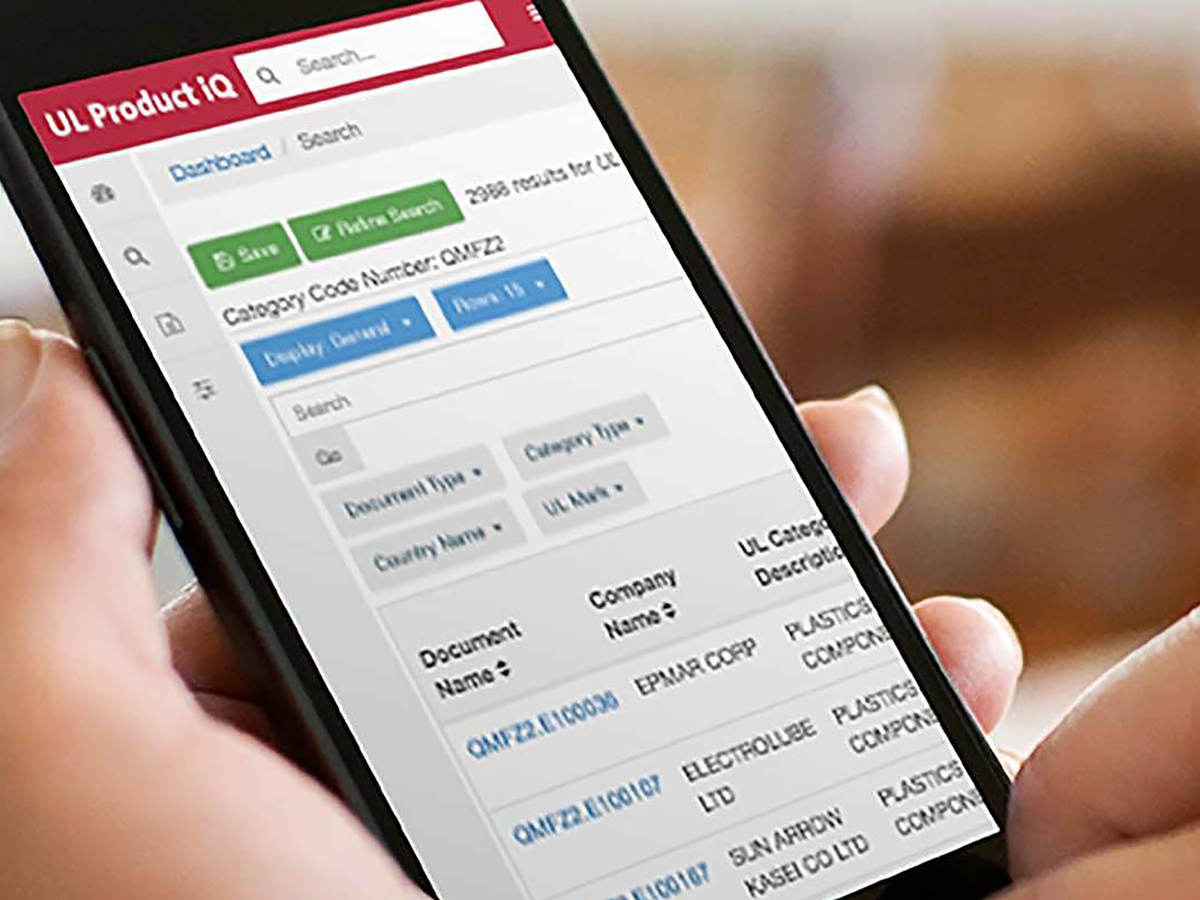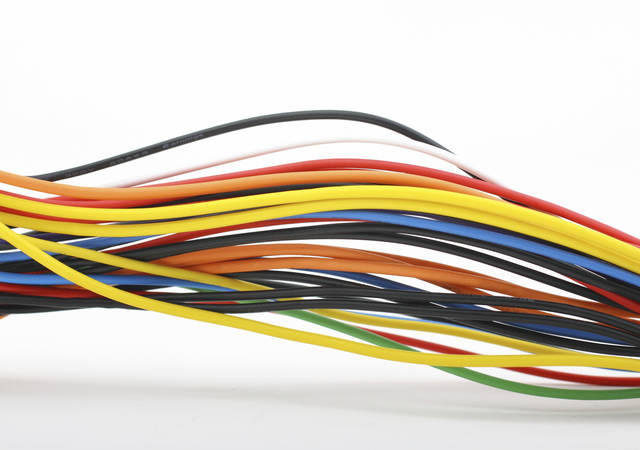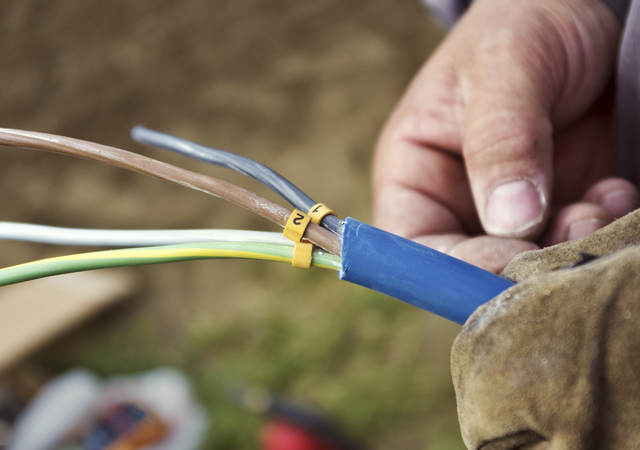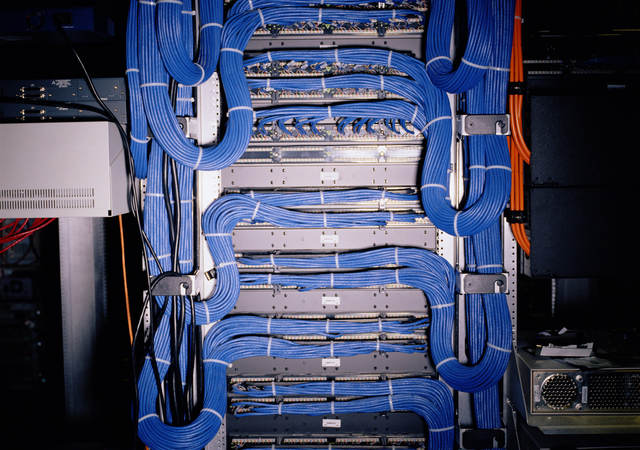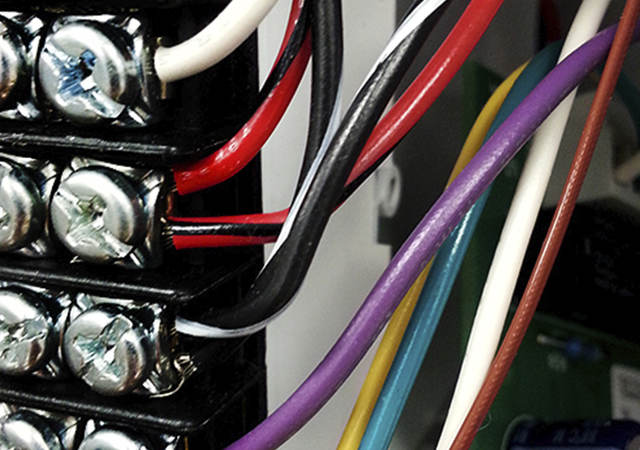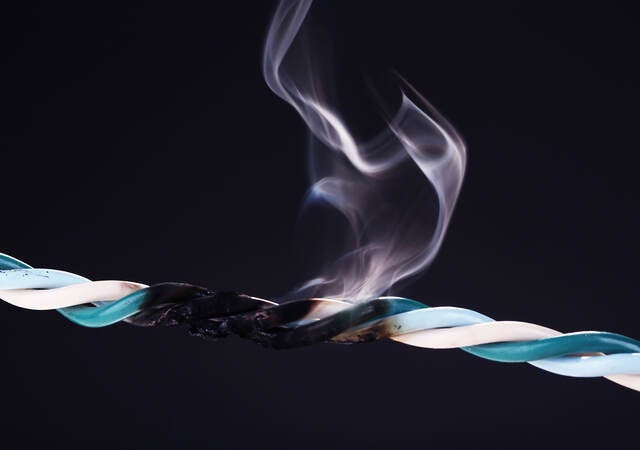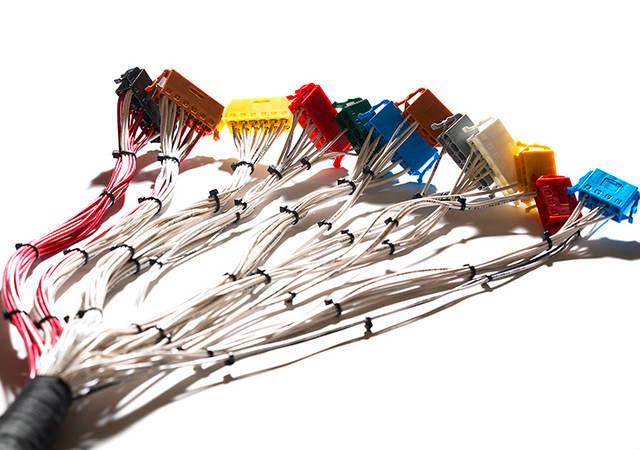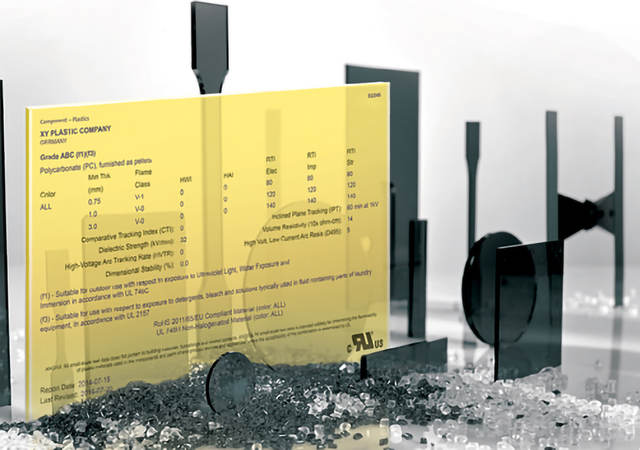Evaluate the safety and performance of wire and cable components and compounds
The compounds used in wire and cable products can impact the overall product performance. As part of UL Solutions’ trusted Plastics Material Recognition Program, our Wire and Cable Material Recognition Program can help drive customer confidence by evaluating materials against applicable standards. Using UL Recognized Components, you may be able to eliminate the need for additional material testing for some certifications, saving you time and money.
Our Wire and Cable Material Recognition Program certifies compounds under the following categories:
- QMTT2: Polymeric Materials for Use in Wire, Cable and Flexible Lighting Products
- QMTM2: Plenum Cable Compounds
- QMTN2: Polymeric Materials for Use in Appliance Wiring Material
- AATJ2: Acid Gas, Acidity and Conductivity of Combusted Materials and Assessment of Halogens
- TEPZ2: Restricted-use Substances for Use in Wire and Cable Components
For a full list of materials and compounds within each category, please refer to UL Product iQ®.
How UL Solutions' Wire and Cable Material Recognition Program can help you
Our Wire and Cable Material Recognition Program helps industry professionals quickly source or specify wire and cable compounds and materials that meet their compliance needs and project specifications. Use the UL Component Recognition Mark to help communicate performance-related properties to customers or determine if a compound component meets your needs.
Using UL Recognized Components, identifiable through the UL Component Recognition Mark, may help save time and money for the following roles:
- Cable manufacturer
- Product designer
- Procurement engineer
- Compliance director
- Specifier
Upon successful evaluation through the program, customers can promote the safety and quality of their products to their existing and potential customers. Products evaluated in the Plastics Material Recognition Program are listed in the Product iQ database, which thousands of designers, engineers and suppliers use to find providers of recognized materials and components.
QMTT2: Evaluation of thermoplastic materials
Polymeric materials categorized as QMTT2 are used in wire, cable and flexible lighting products. Among the UL certification tests, we conduct various identification tests to assess if the compound has changed over time.
Products that use QMTT2 thermoplastic materials
Thermoplastic materials categorized as QMTT2 are typically intended for outdoor use. Finished products that incorporate these materials include:
- Power cords – typically bearing the W suffix in the type designation and tested in accordance with UL 62, the Standard for Flexible Cords and Cables
- Building wire used outdoors, in wet locations or where subject to oil or gasoline exposure – tested in accordance with UL 83, the Standard for Thermoplastic-Insulated Wires and Cables
- Thermoset materials such as ethylene-propylene continuous vulcanization (EPCVs) and cross-linked (XL) polymers used in:
- Thermoset-insulated wires – tested in accordance with UL 44, the Standard for Thermoset-Insulated Wires and Cables
- Cables using thermoset-insulated conductors – tested in accordance with UL 854, the Standard for Service-Entrance Cables
- Photovoltaic cables – tested in accordance with UL 4703, the Standard for Photovoltaic Wire
Other cable types may also use QMTT2 compounds.
If a QMTT2 Recognized compound is used, certain tests may be omitted during the certification of finished cables. The eliminated tests include:
- Sunlight resistance
- Long-term insulation resistance in water
- Oil resistance
- Gasoline resistance
QMTM2: Evaluation of plenum cable compounds
Compounds categorized as QMTM2 are used to manufacture plenum-rated cables. We analyze the compound composition; we do not conduct any safety or performance testing of the finished cable product.
NFPA 262, the Standard Method of Test for Flame Travel and Smoke of Wires and Cables for Use in Air-Handling Spaces, requires a composition characteristic analysis of the sheath and insulation/buffer layer. If you select a QMTM2-certified material to manufacture a plenum-rated cable, you eliminate the need to perform the composition identification step of the finished cable certification process.
Testing scope for compound characterization
Depending on the material, we perform one or more of the following tests to characterize the compound:
- Infrared (IR) qualitative analysis
- Thermogravimetric analysis (TGA)
- Inductively coupled plasma (ICP)
- Atomic absorption (AA) spectroscopy
- Chlorine/bromine content
- Differential scanning calorimetry (DSC)
- Melt flow
- Specific gravity (SG)
QMTN2: Evaluation of polymeric materials for appliance wiring material
Polymeric materials for use in appliance wiring material (AWM) that has passed the applicable UL 758, the Standard for Appliance Wiring Material (AWM) tests can be recognized as a QMTN2 certified material. If extruded correctly, an AWM using a QMTN2 compound will fulfill the certification requirements in UL 758, the Standard for Appliance Wiring Material.
The use of a QMTN2 compound does not reduce the test program. However, wire manufacturers using a commercially available compound can apply for QMTN2 and AVLV2 files simultaneously. Upon successfully completing the UL Solutions evaluation, you will receive two certifications with one test program.
AATJ2: Evaluation of halogen content in combustible materials
This program evaluates halogen content in wire and cable construction materials in accordance with UL 2885, the Outline of Investigation for Acid Gas, Acidity and Conductivity of Combusted Materials and Assessment of Halogens. When a cable is constructed with all halogen-free combustible materials, e.g., insulation, fillers and jackets, the cable may be surface marked with the suffix “-HF.”
TEPZ2: Evaluation of the presence of RoHS restricted substances
This program evaluates the presence of the Restriction of Hazardous Substances Directive (RoHS) restricted substances in all components of a cable. This is in accordance with UL 746R, the Outline of Investigation for Restricted Use Substances in Polymeric Materials, for nonmetallic components, and UL 1368, the Outline for Investigation for Restricted Use in Metallic Components.
These compounds and components are covered under the Recognized component category TEPZ2. UL Certified wire and cables marked “-RoHS” are manufactured using these Recognized Components. Cable components include:
- Insulation and jacket materials
- Fillers
- Tapes
- Metallic conductors, armors and shields
UL Product iQ
UL Product iQ marries the longstanding UL certification information relied upon by millions of users with the intuitive design and user-friendliness of a modern search engine.
Get in touch
Have questions, need specifics? Let's get this conversation started.


